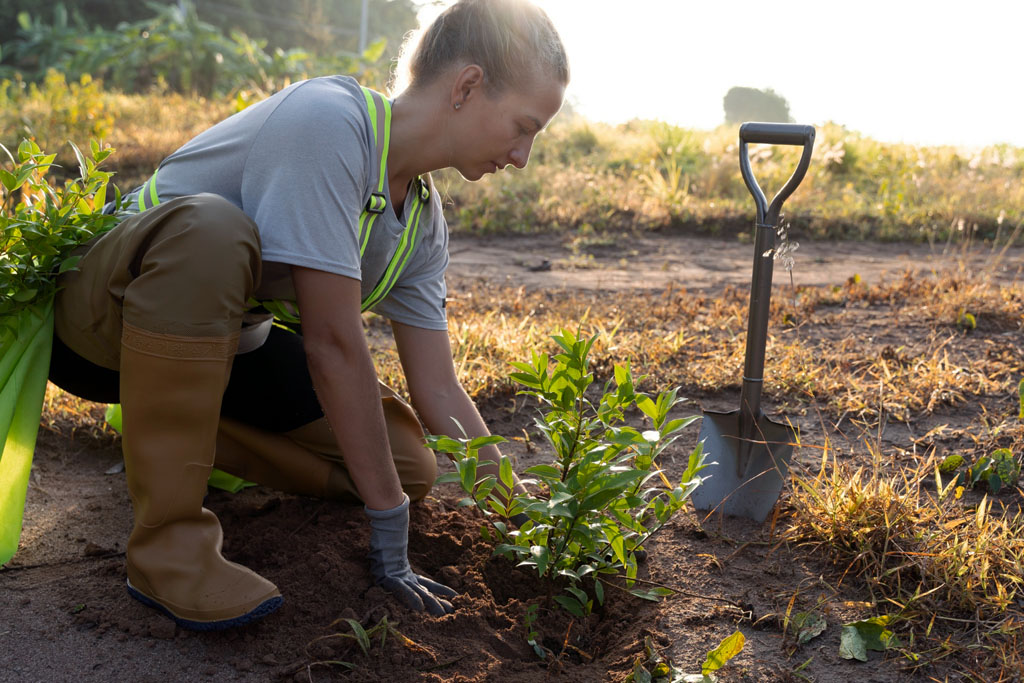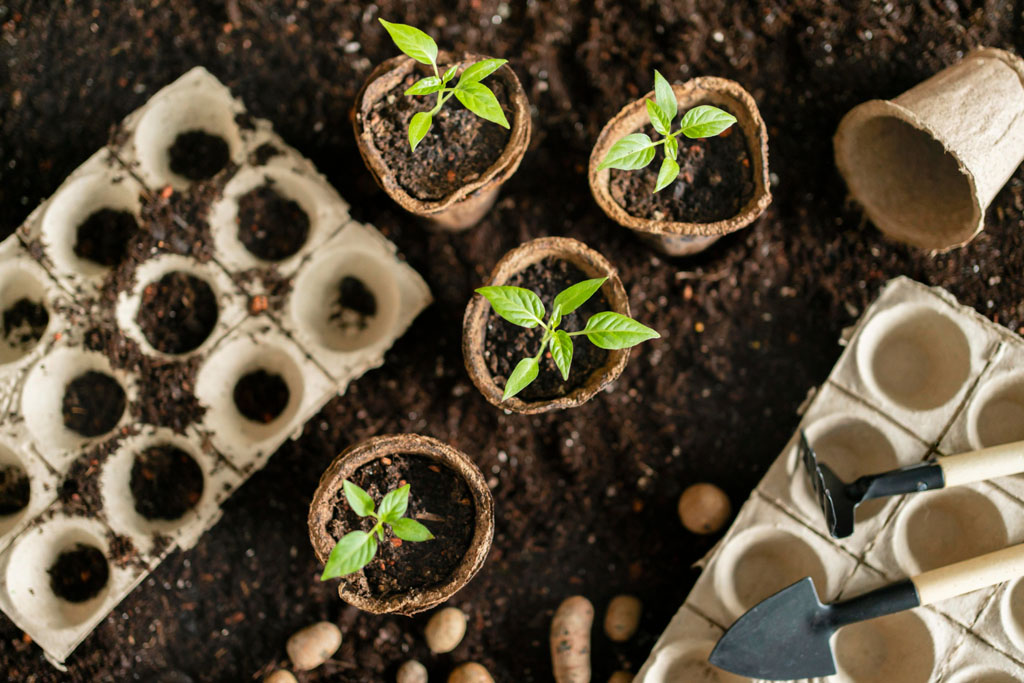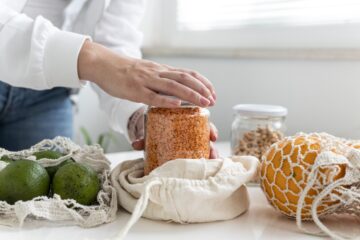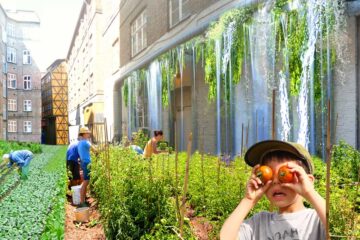February is the month to get started on the spring garden. Even though it’s still cold (and snowy) in some parts of the country, certain cool-season vegetables must be started in February and will only grow as long as the weather is cool.
Broccoli, cabbage, lettuce, and onions are examples of cool-season vegetables that must get their start in February for an optimum growth cycle.
Location
While several vegetables grow best in cool weather, the plants still require light (either natural or artificial) light each day to grow and develop produce. Select an indoor or outdoor location for early planting that will receive at least 6 hours of sunlight (or artificial grow light) each day.
Containers
All cool-season vegetables and herbs are well-suited to be grown in containers or vertical gardens. Most are small plants and can often be grown together as companion plants in a large planter.
Leeks and onions can be grown in the same container. Lettuce, broccoli, and carrots make a great companion trio for a cool-season container garden and a little cilantro tucked in any cool-season vegetable planter will help keep away those early-season pests.
Seed starting
Cool-season vegetable and herb seeds can be started indoors 5-6 weeks before the last predicted frost date in your area. So even if the temperatures are below freezing and there’s snow on the ground in your area, you can still get your garden started in February by starting seeds indoors.

Any container that will hold soil and has drainage holes in the bottom can be used as a planter for seeds. Bio-degraded cups pre-filled with potting soil can be purchased to start seeds, but any plastic container (yogurt cup, margarine, sour cream, or cottage cheese container) can easily be recycled and used to start plant seeds.
Poke 2-4 holes in the bottom of the selected recycled container for drainage. Place a coffee filter (cut to size if needed) in the bottom of the container and fill the container with potting soil. Use a pencil to make holes in the soil 1/4 inch deep and 2 inches apart.
Place one seed into each hole, then use your fingers to gently cover each seed with soil and press down lightly on the soil. Mist the soil surface and place container(s) in a warm, sunny location. Keep the soil moist at all times. Seeds will germinate in 7-10 days.
The seedling will be ready to plant in its’ permanent location after it has developed. If planting outdoors, wait until all danger of frost has passed.
Planting seedlings
Whether garden plants are started from seeds or purchased as seedlings, wait until all danger of frost has passed before placing the plants outdoors. Young seedlings of cool-season vegetables can be placed outdoors in the afternoon sun before the last frost date, so long as the plants are brought back indoors or placed in a sheltered area at night.
When it’s time to plant seedlings in the permanent growing location, start with quality soil. Fresh potting soil for containers or add compost to in-ground soil. The soil feeds the plants and nutrient-rich soil is essential for proper plant growth and vegetable production.
After preparing the planters and soil, gently remove seedlings and re-plant at the same soil depth. Water well. Provide plants with a protective covering of newspaper if a late frost should be predicted after the plants have been placed outdoors.
February plant choices
Certain garden plants, like tomatoes and corn, will not grow until the air temperature reaches 75 F degrees (23 C degrees) for at least 3 consecutive days. these types of vegetables are known as ‘warm season’ vegetables and only thrive during hot weather. Do not plant this February.

While warm-season vegetable seeds can be started indoors during February, it’s a waste of time. Once the air and soil warm up outdoors, planted seeds of the warm season vegetables will germinate quickly and plants grow rapidly.
Choose from the cool-season vegetables and herbs that are easy to grow in vertical gardens, container gardens, or small garden plots.
Onion, leeks, lettuce, kale, spinach, cabbage, broccoli, Swiss chard, microgreens, carrots, radishes, cilantro, mint, and parsley are all good choices for February planting.
February gardening to-do list
February is the ideal month to get the garden soil ready for planting warm-season crops. In addition to starting cool season plants, dump out used potting soil into in-ground flower and vegetable gardens (it will improve soil structure), wash containers, and fill them with fresh potting soil. Clear off any debris in in-ground gardens, add 4 inches of compost, and work into the soil.
February garden tasks are an important part of garden maintenance and care. By taking the time to plan and execute these tasks, gardeners can ensure their gardens are in the best condition possible for the upcoming growing season.
Pruning, fertilizing, and mulching are key activities that should be done in February, while also being mindful of potential cold weather damage. With proper care and attention, garden tasks can help prepare gardens for a successful growing season.




